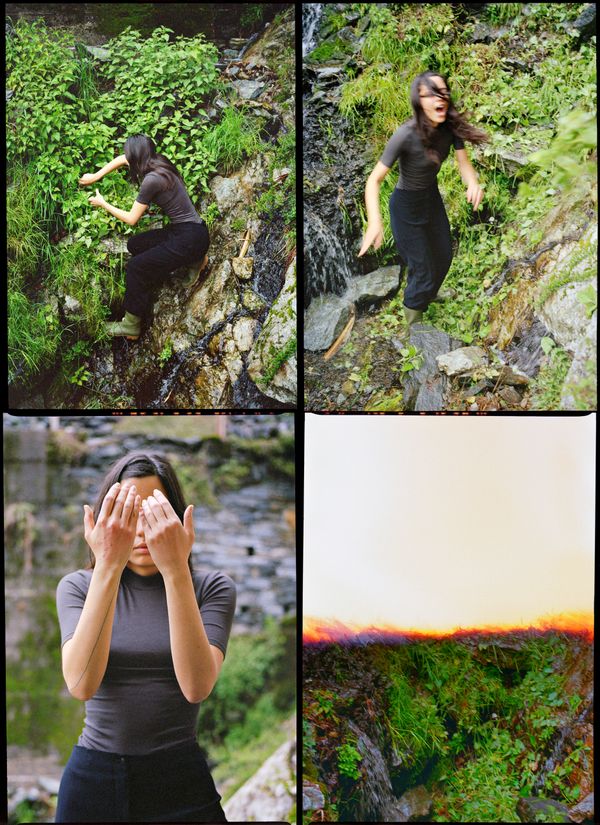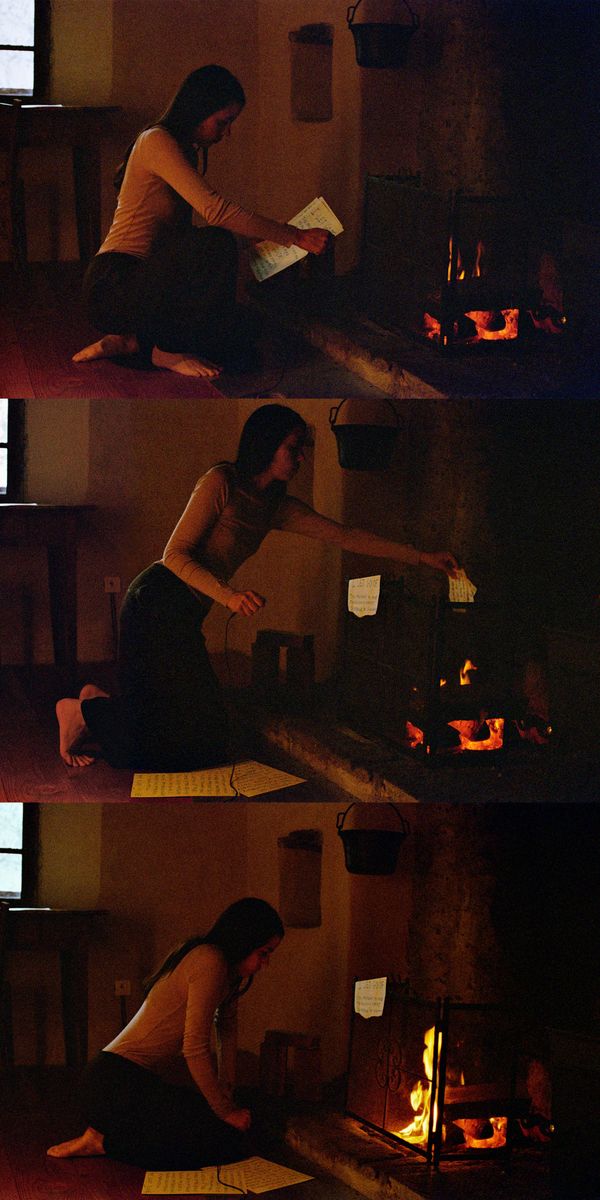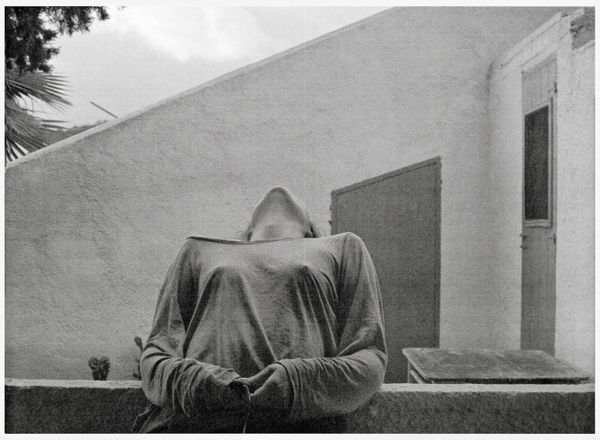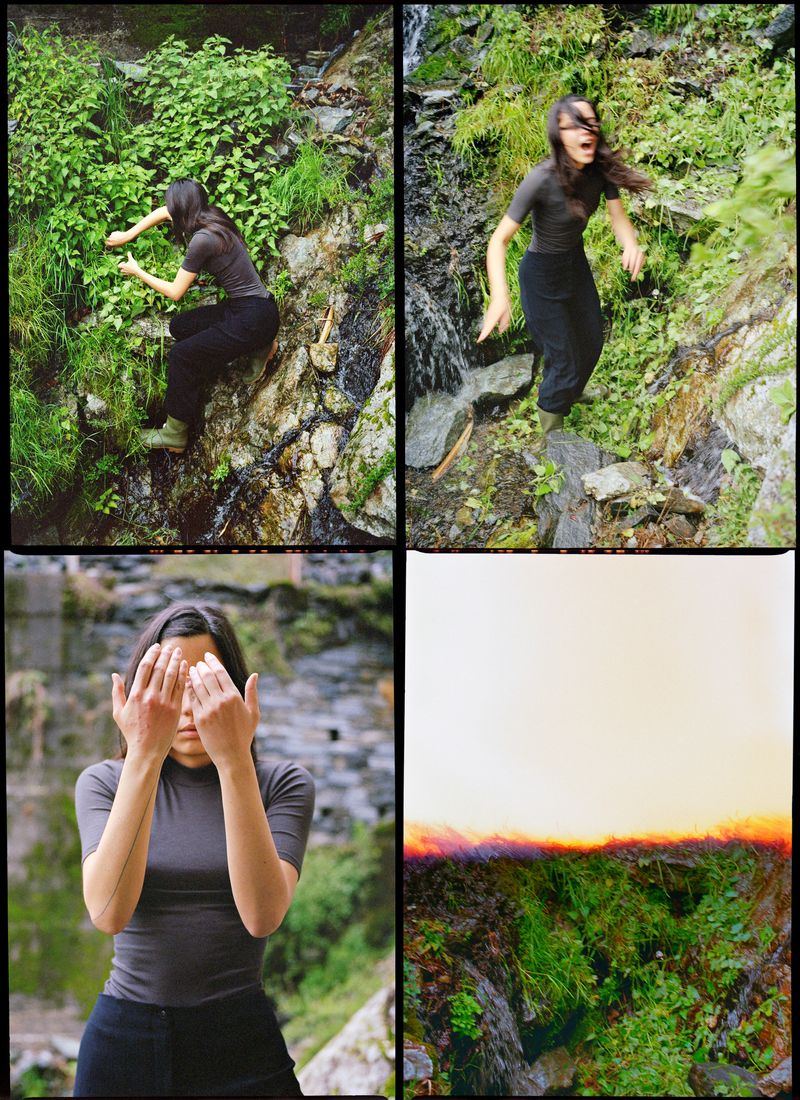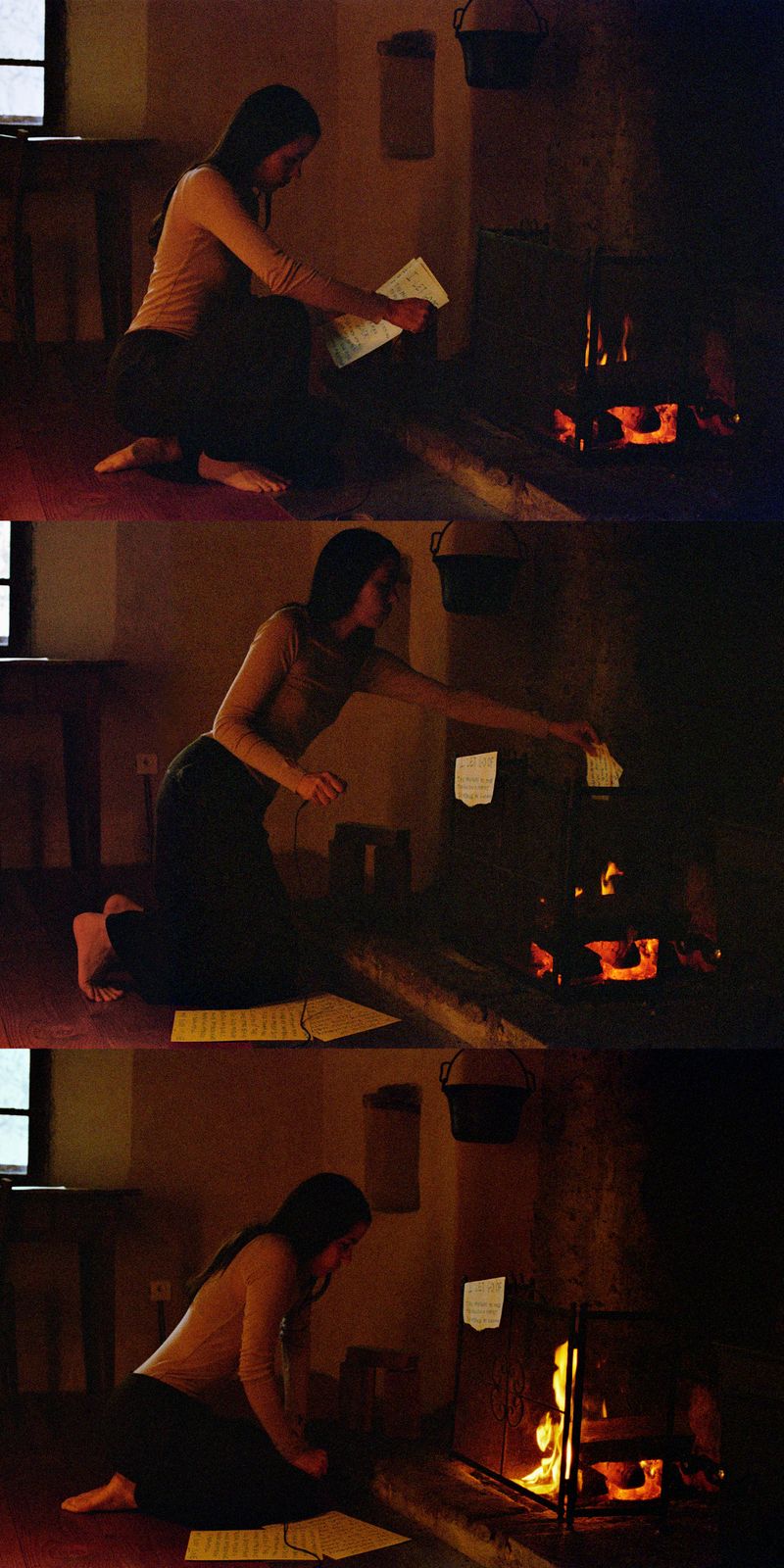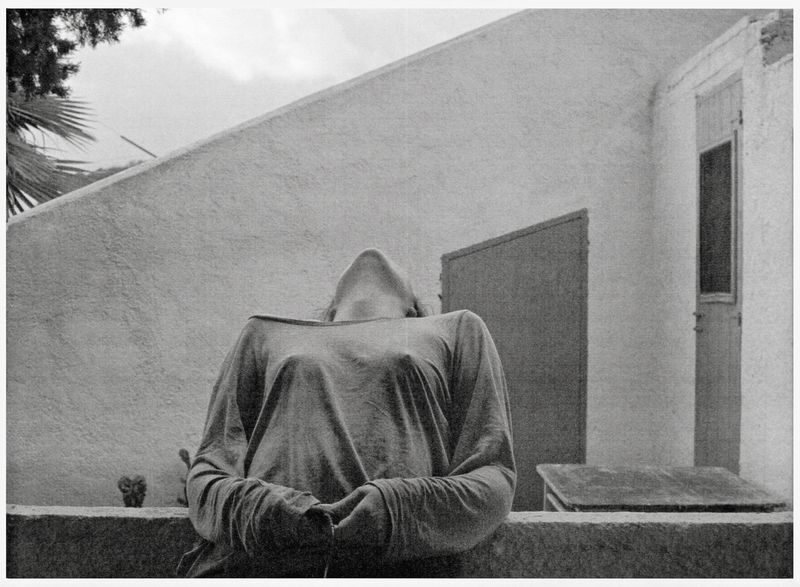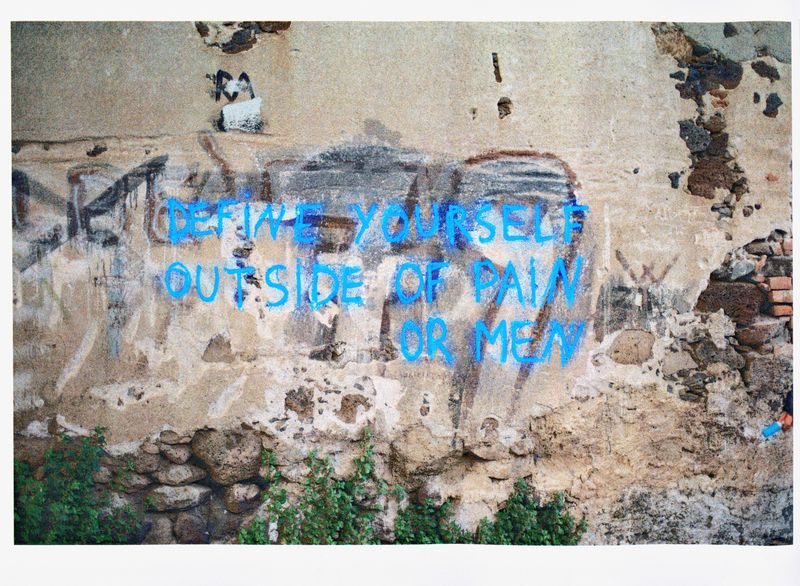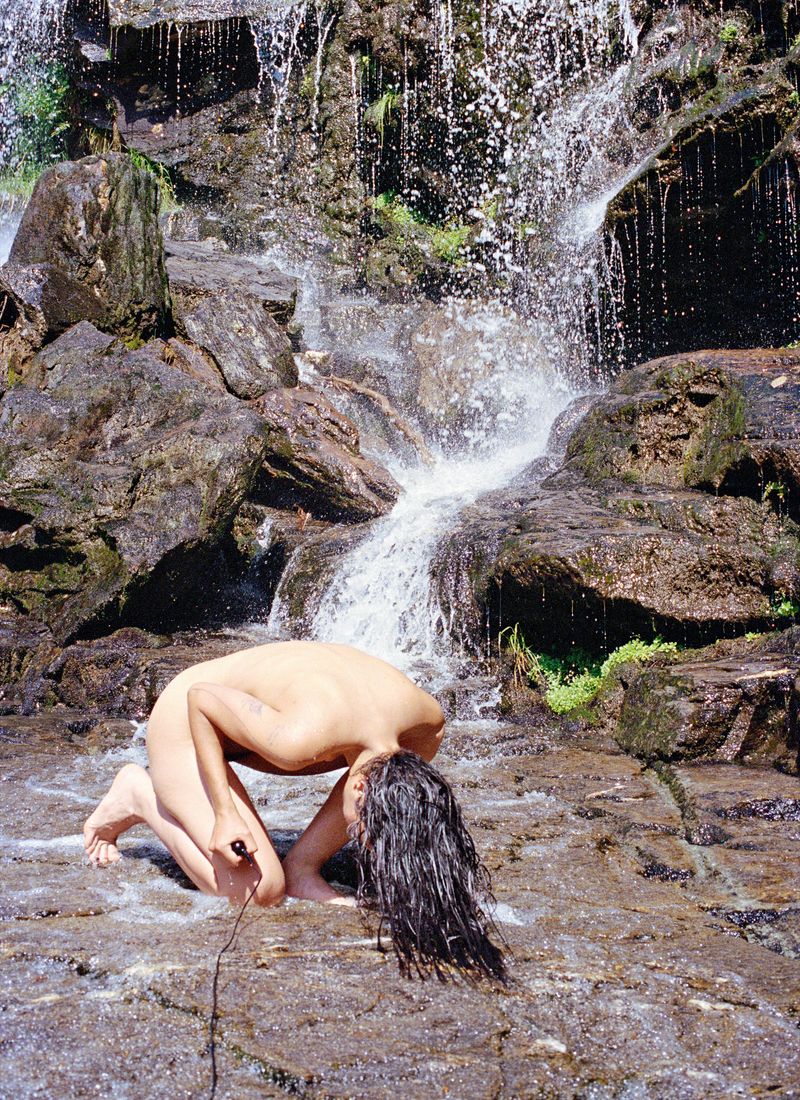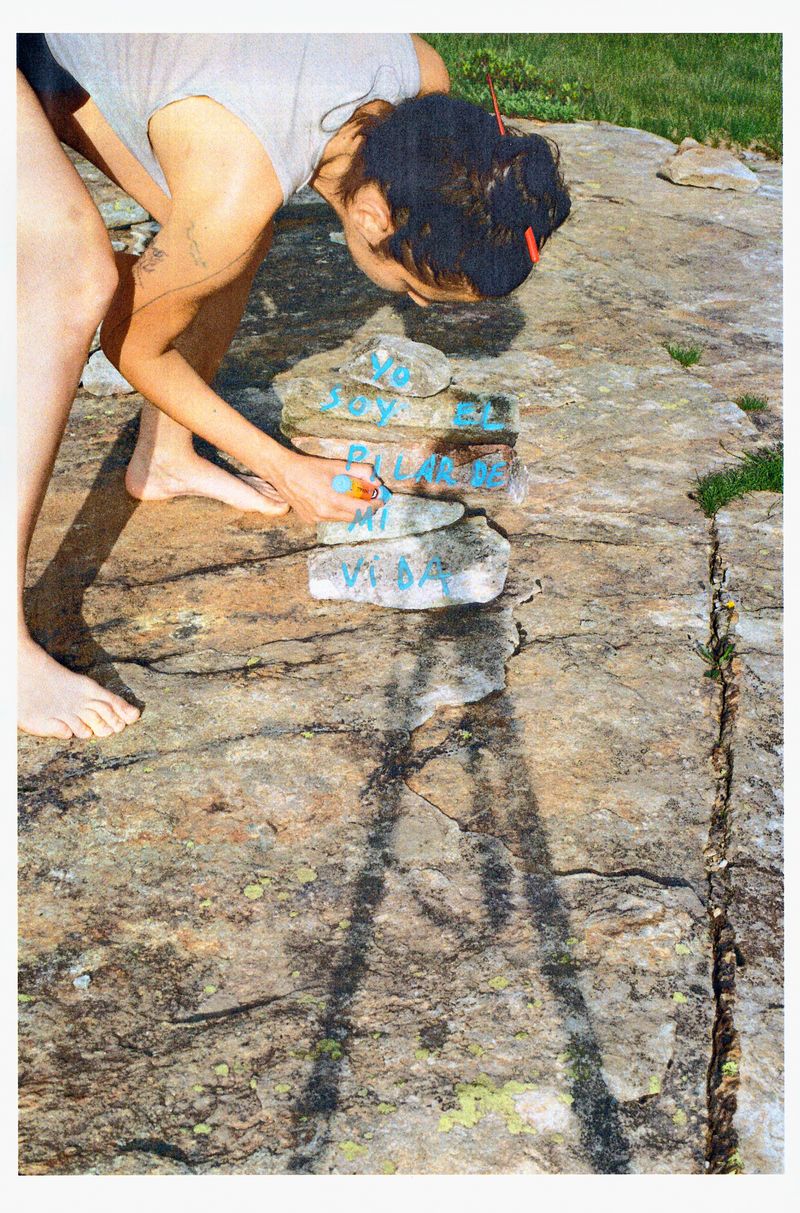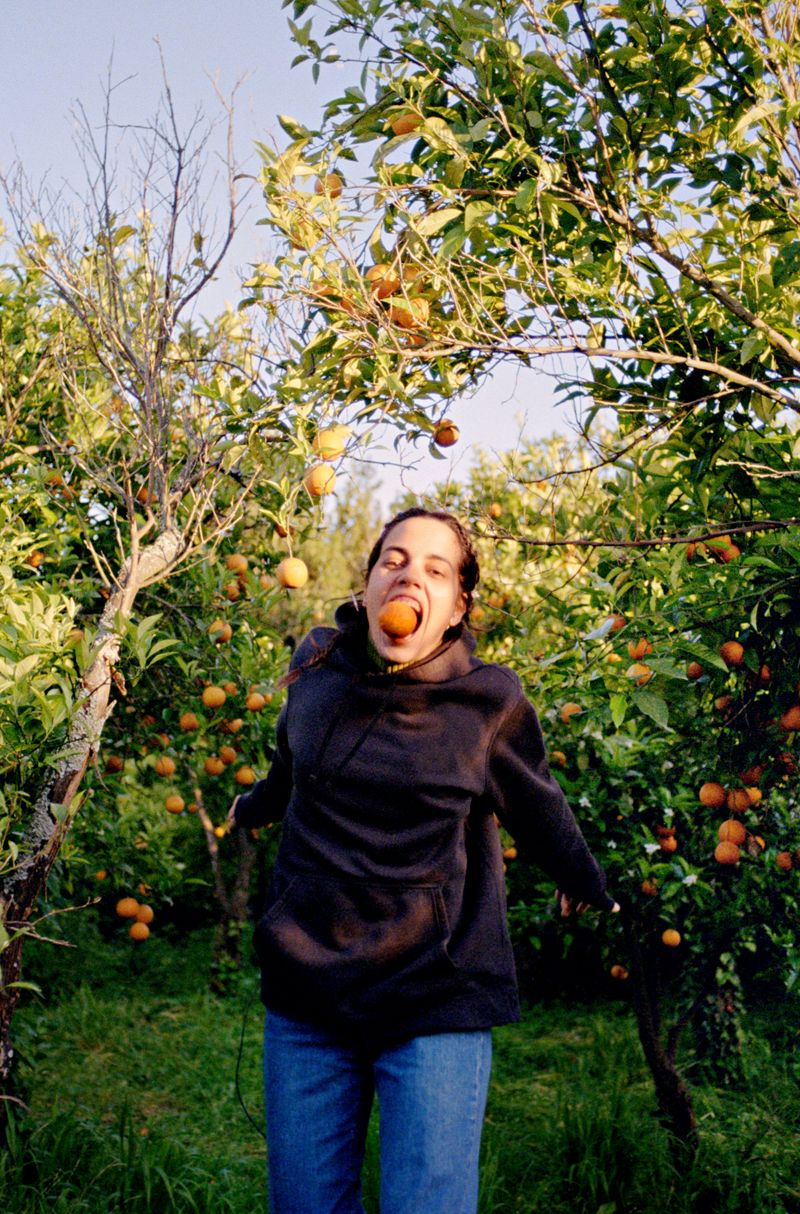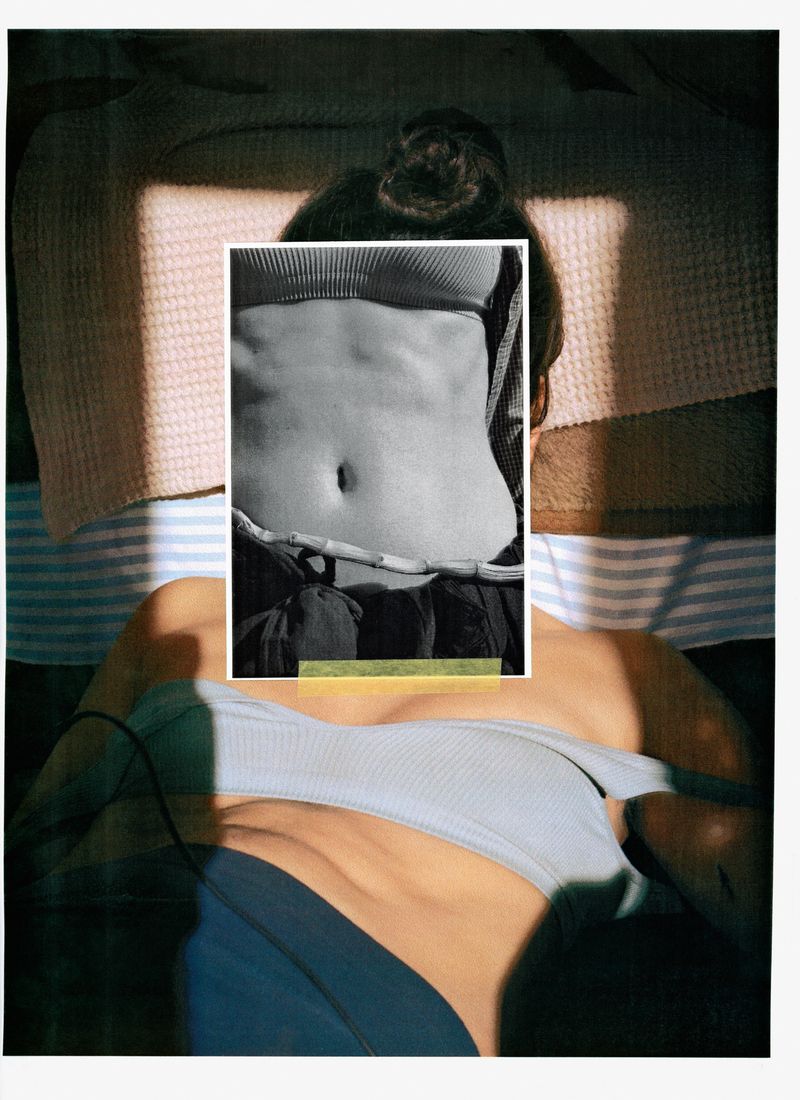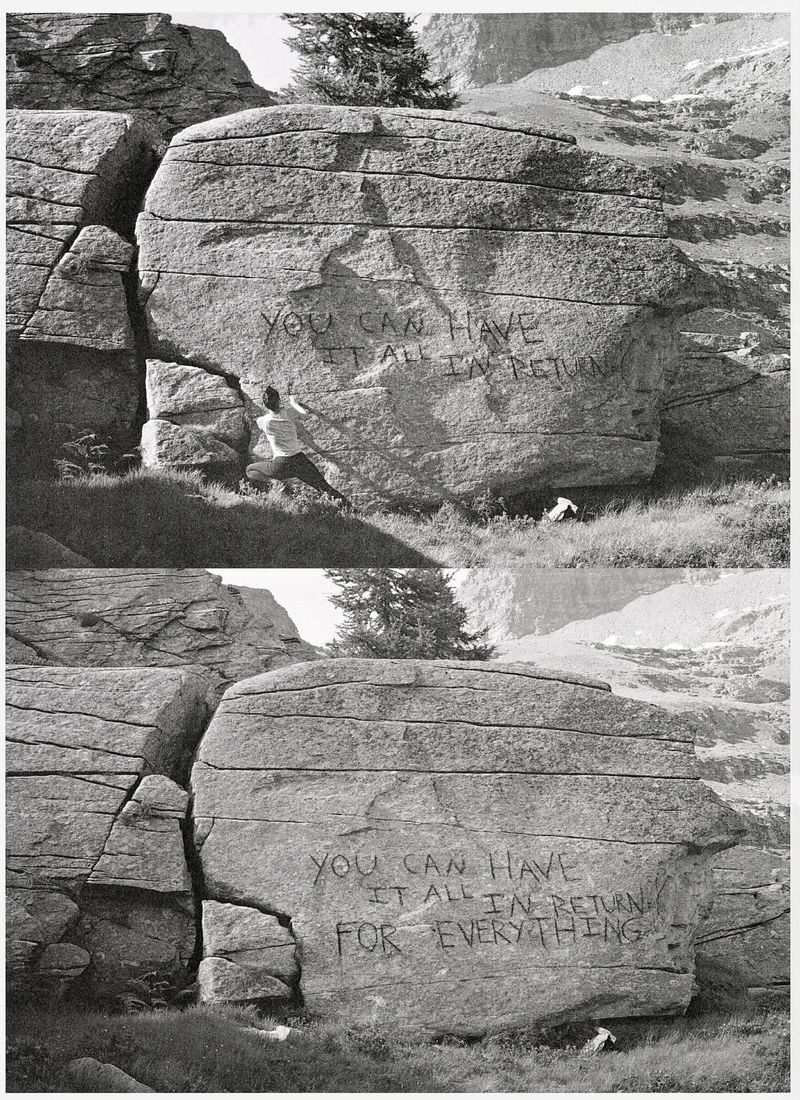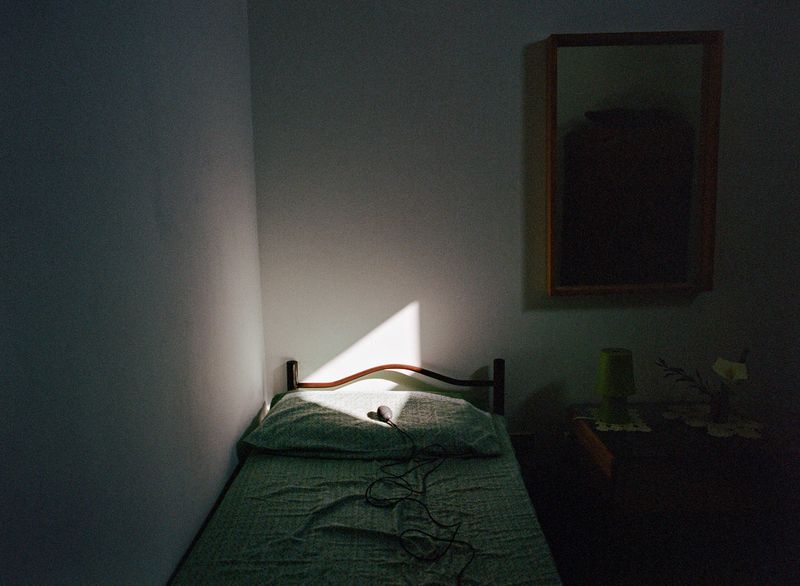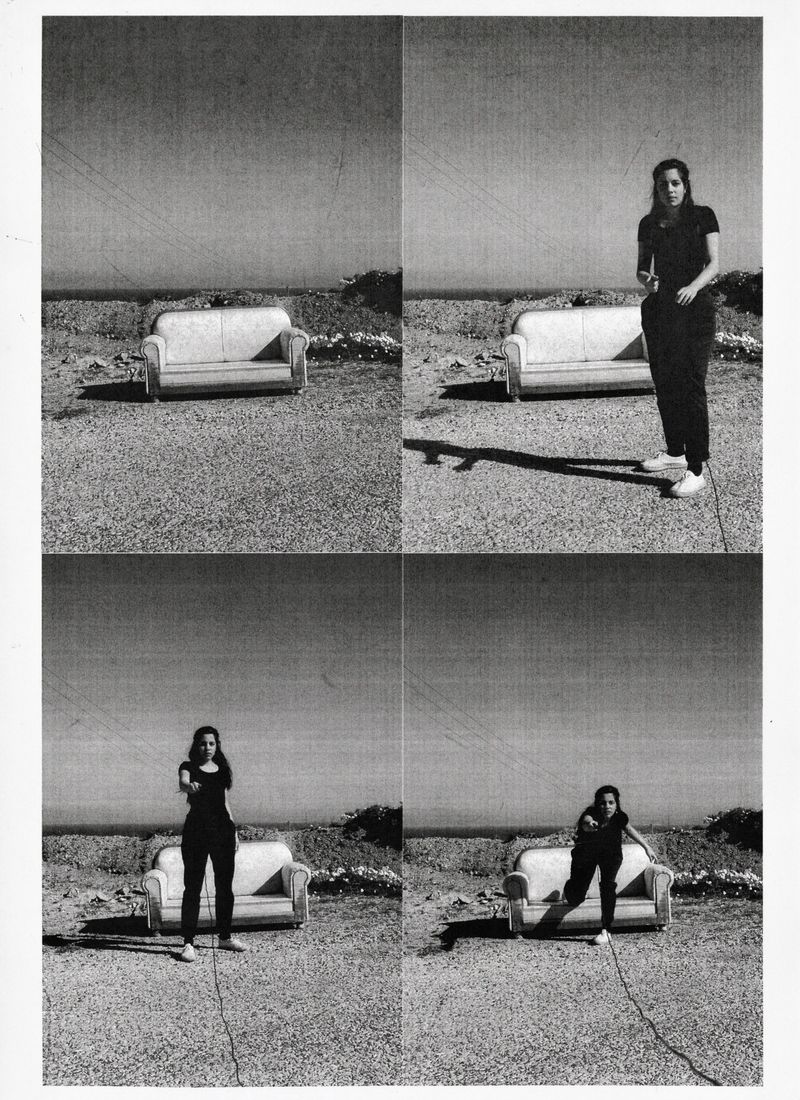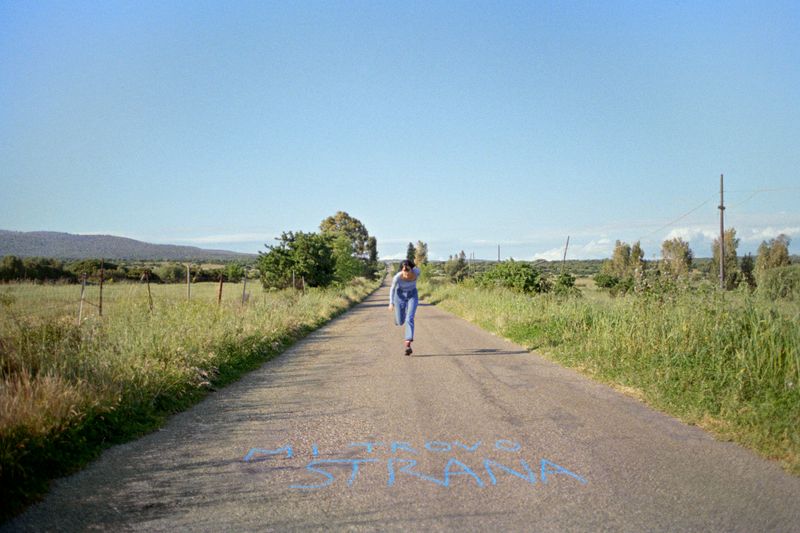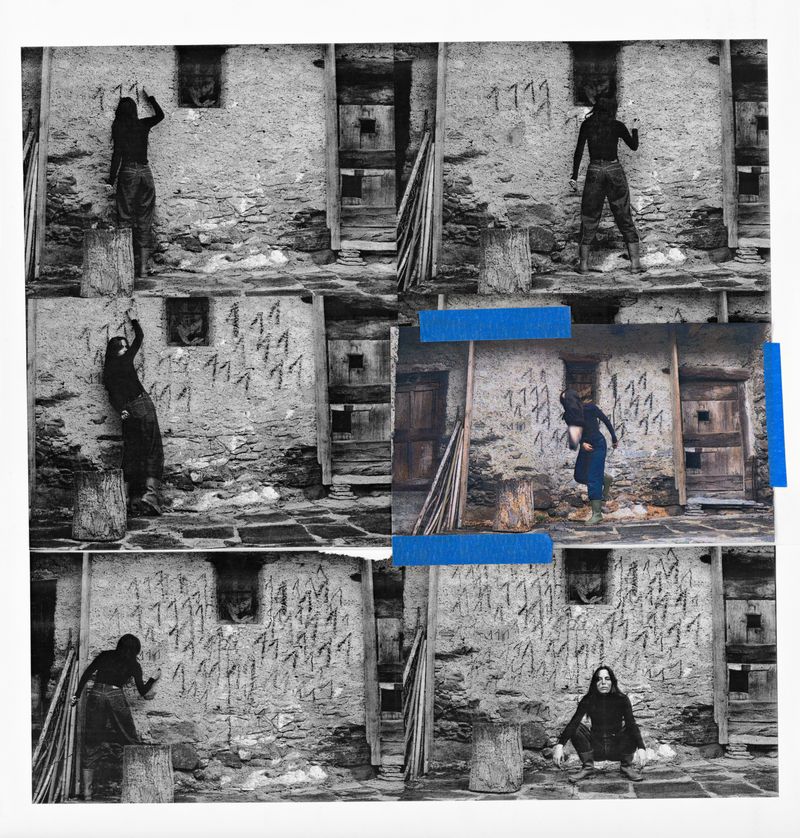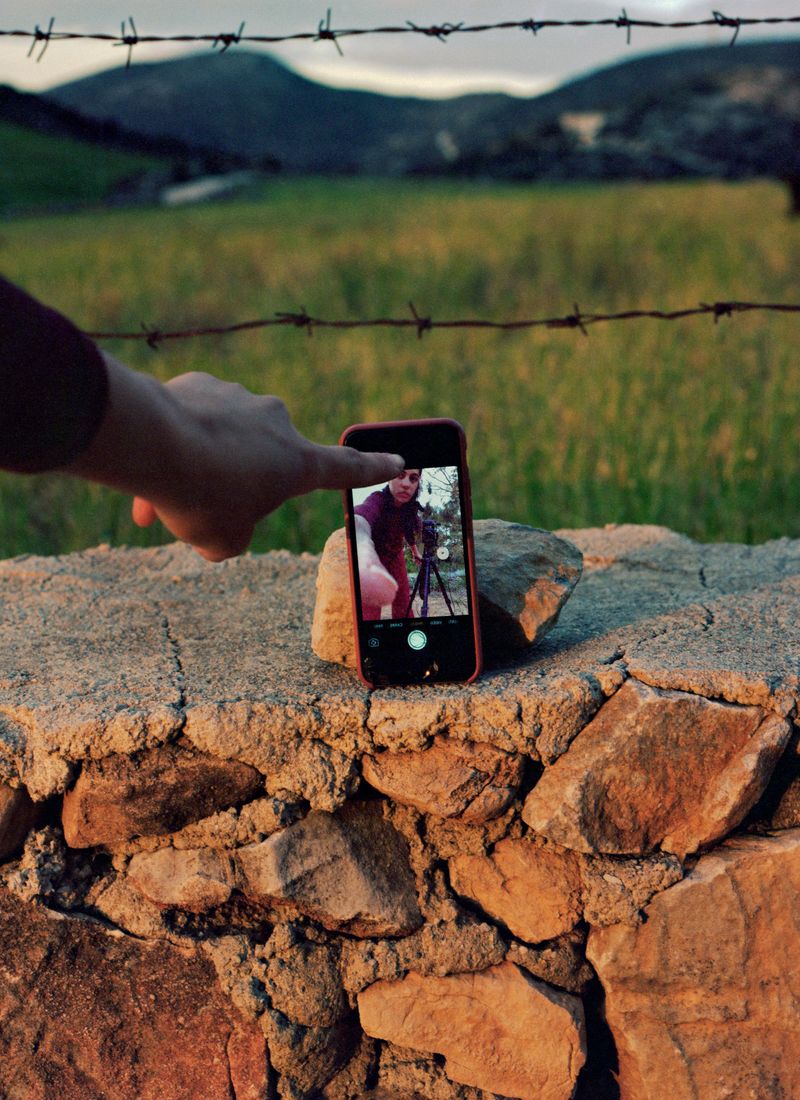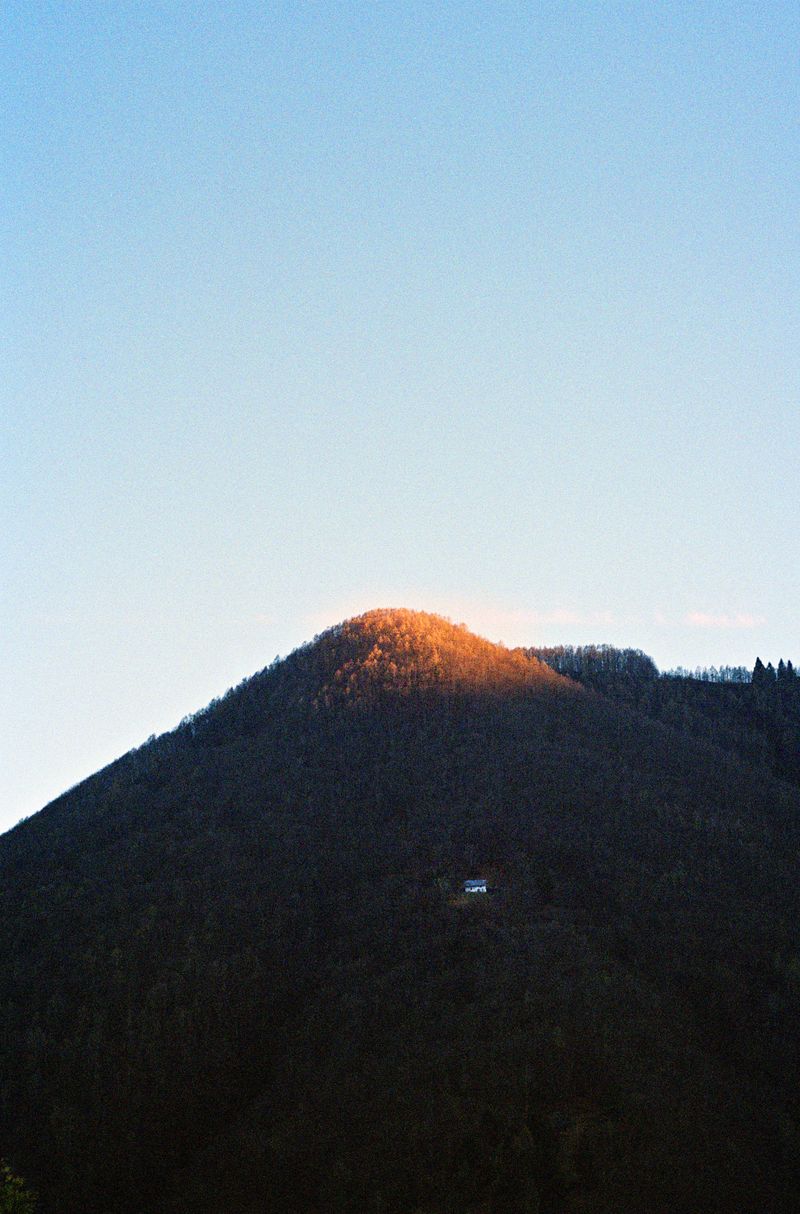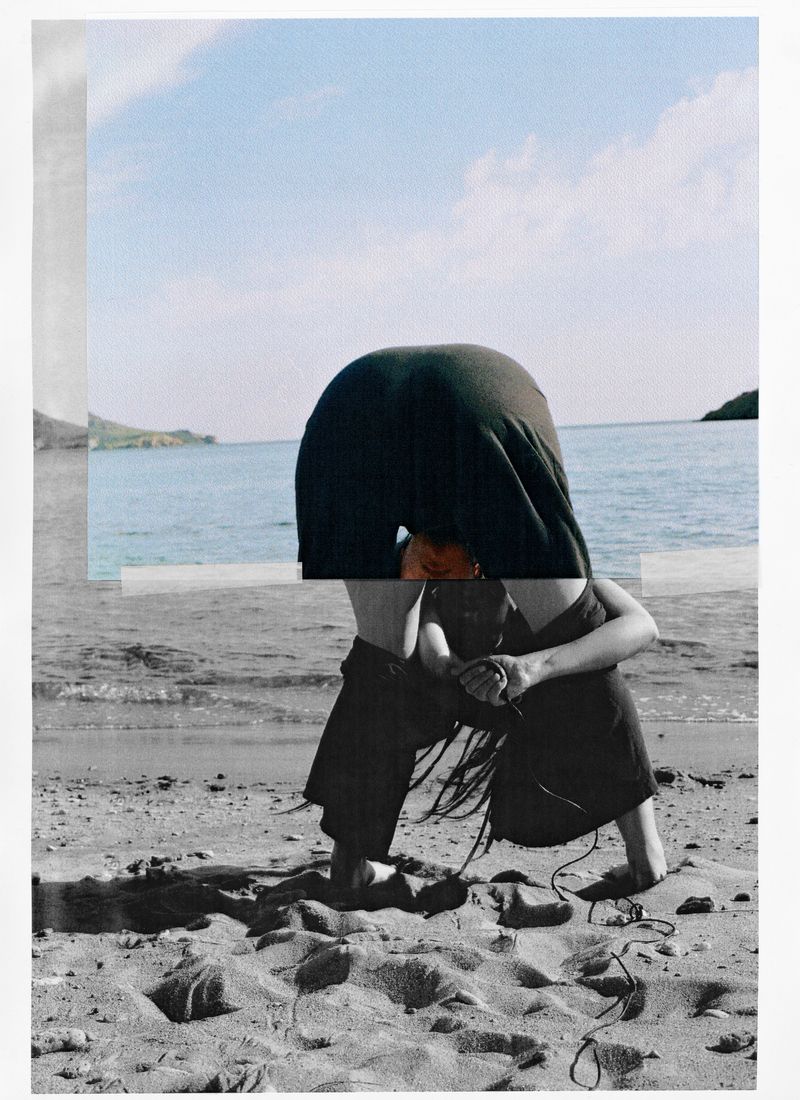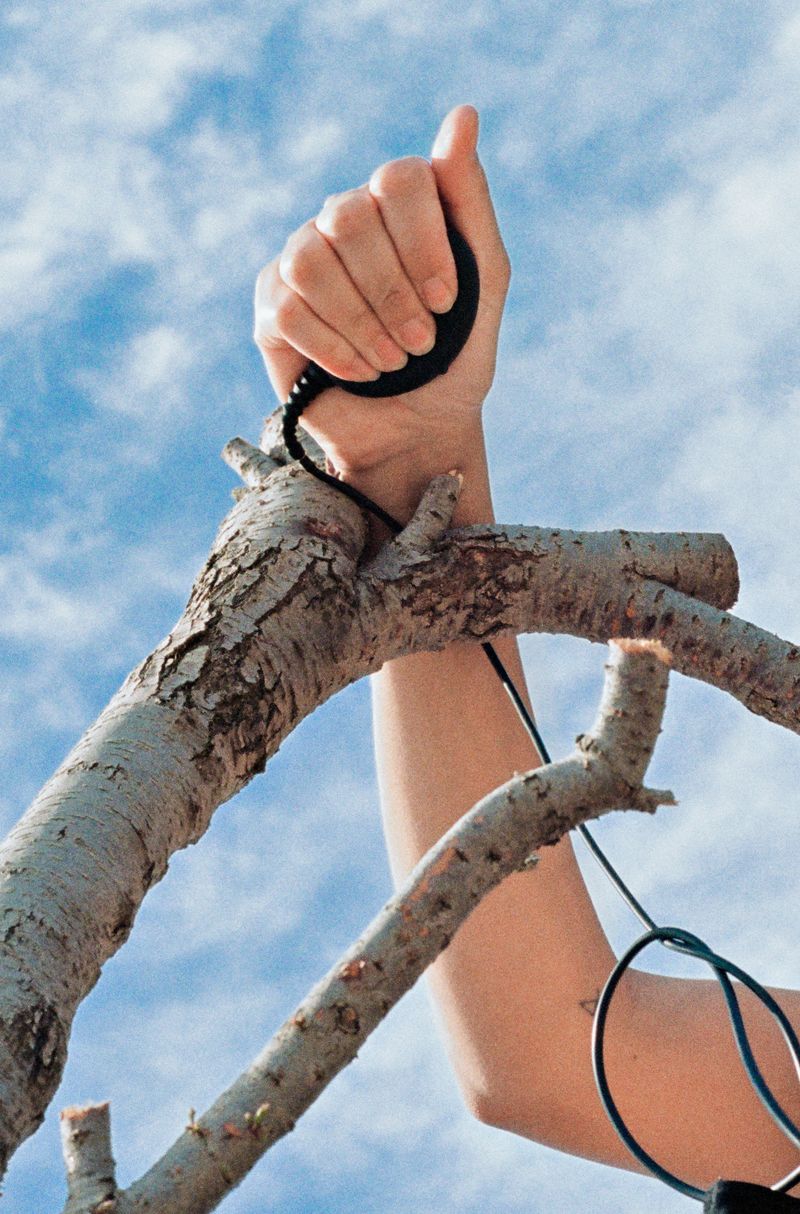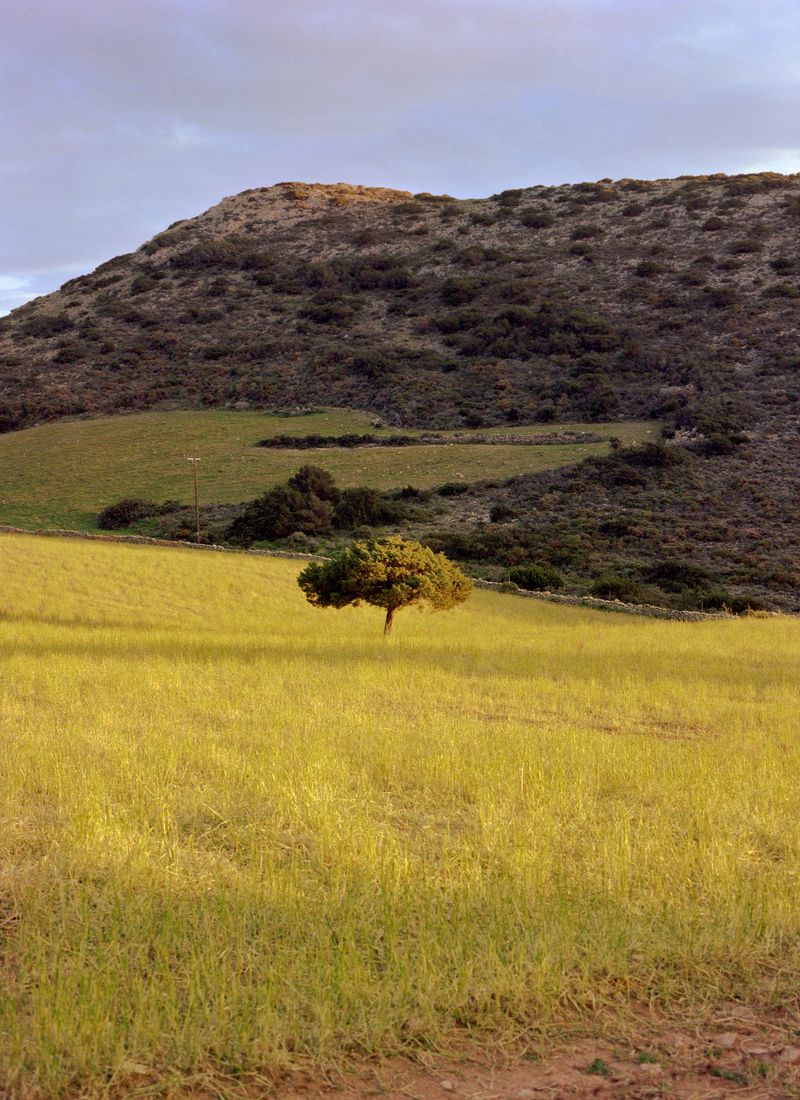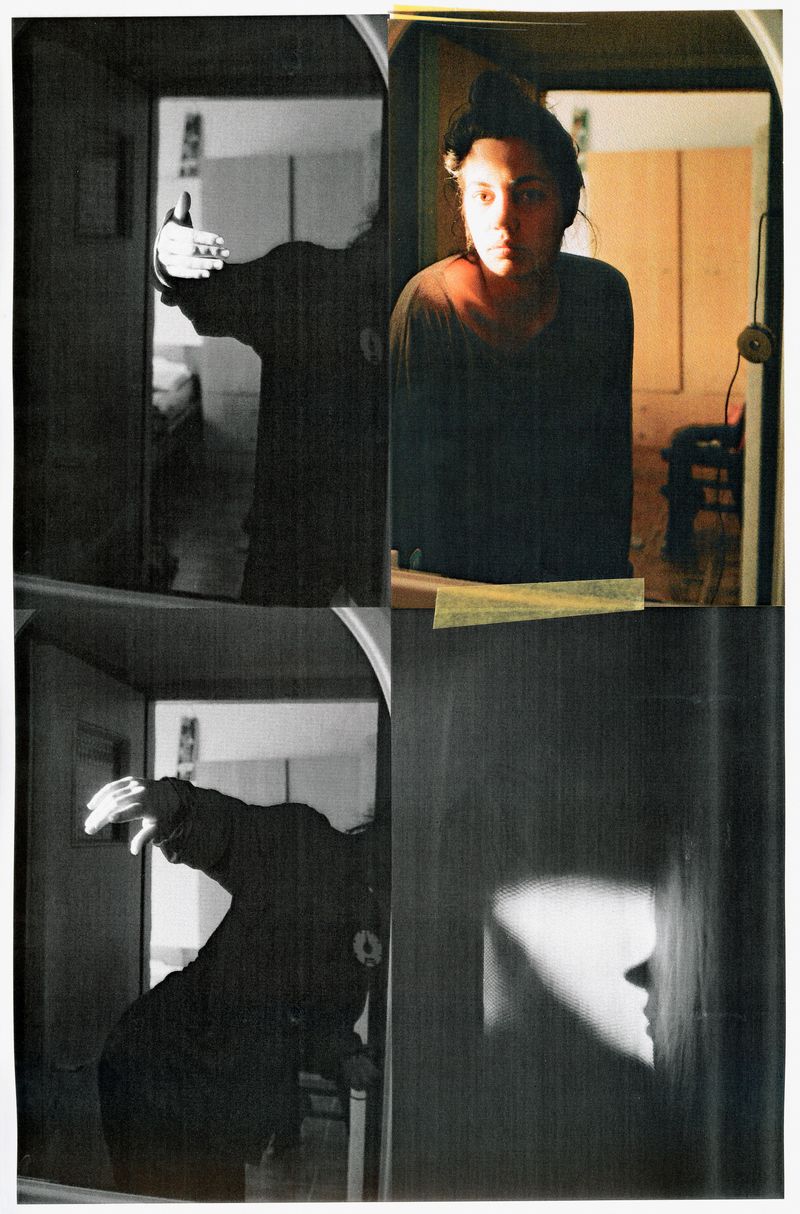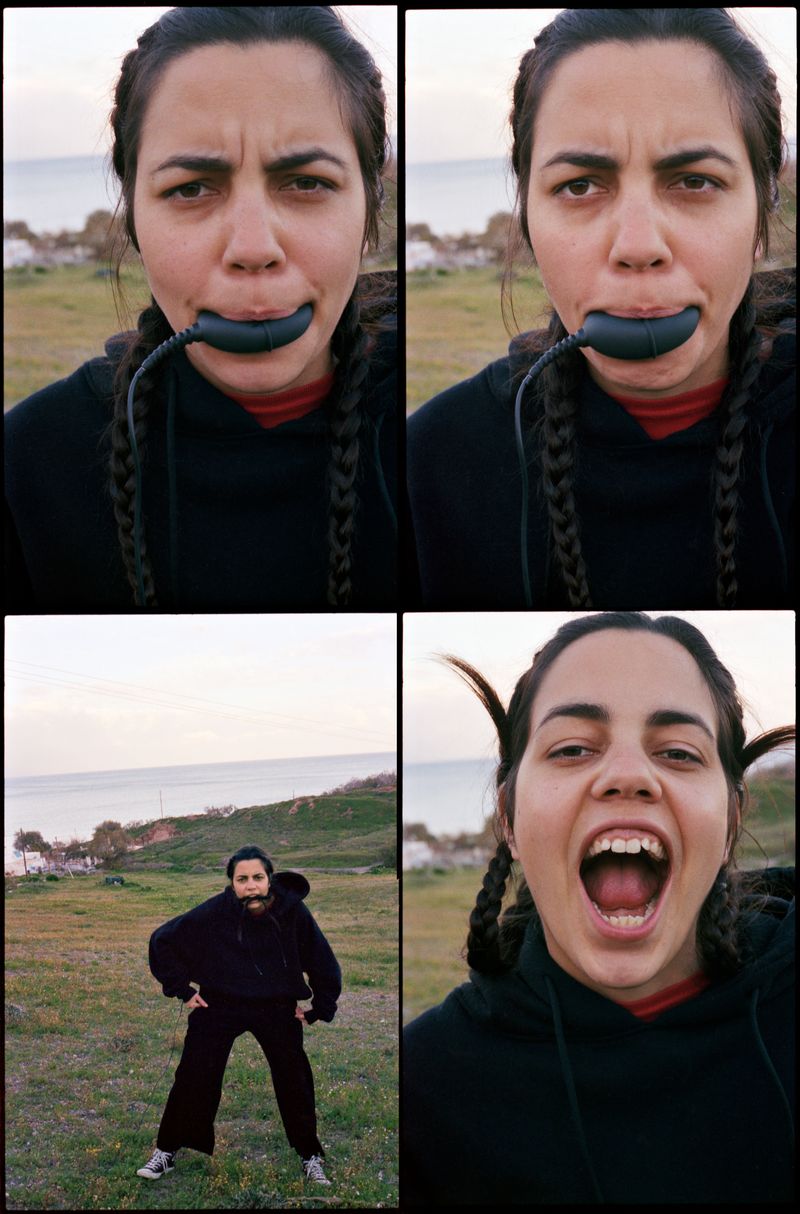You Can Have it All
-
Dates2019 - 2024
-
Author
I explore body dysmorphia and healing through self-portraits and rituals. From a solo trip to the mediterranean sea, to 5 yrs later after a heartbreak, I reclaim lost feminist practices, finding empowerment and self-acceptance through photography.
I use photography and performance to explore themes of intimacy, identity, and healing, often drawing from my own life to create spaces of reflection and empowerment. In You Can Have It All (2019, 2024), I reflect on self-acceptance, body dysmorphia and the therapeutic potential of art as a means to process trauma and reclaim agency.
The project began with a letter I wrote to my five-years-older self, which became a starting point to confront body dysmorphia during a solo trip to the Mediterranean sea in 2019. Through self-portraits and performative gestures, dares and short challenges, I explored my relationship with my appearance, reclaiming my body as my own. Body dysmorphia is something I rarely read about, and yet every woman I know suffers from it, at different levels. It is thinking that your body looks different to what it actually is, making you feel very anxious, depressed, vulnerable, or just plain ugly – and it is mainly triggered by unreasonable images of perfect women all around the internet and the advertising industry.
I decided that my solution to this distraught was to aggressively confront myself to my body, all the time: use it, photograph it, from all angles, make it banal, normal again. Eventually I would look at it as a tool, as a toy even, and I could accept it like it is through repetition and fun (the fun of doing).
Five years later, I revisited this work, responding to my younger self and reflecting on the healing process after the end of a significant love relationship. The practice of transformative rituals helped me confront emotions and fears. In these rituals, I connected with knowledge often dismissed as "witchcraft," reclaiming it as a tool for feminist empowerment and personal growth (automatic writing, burning, screaming, interacting with plants, all in the mountains and nature).
This work builds on the legacy of feminist photographers like Francesca Woodman, Jo Spence, and Ana Mendieta, whose practices highlight the body as a site of resistance, transformation, and storytelling. By engaging in this lineage, I see art as a radical space where vulnerability becomes power, and where the personal is inherently political.
